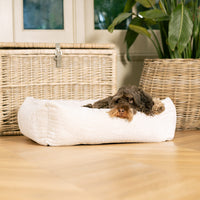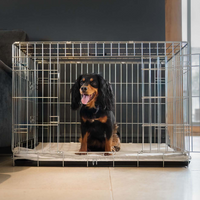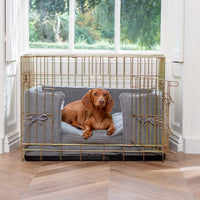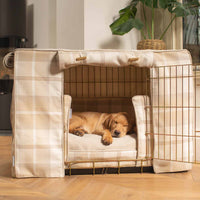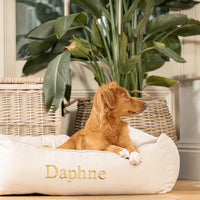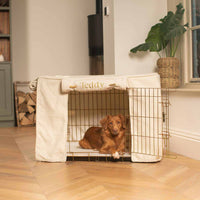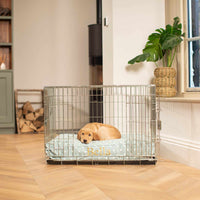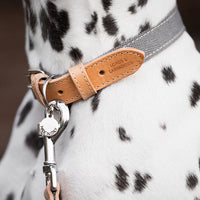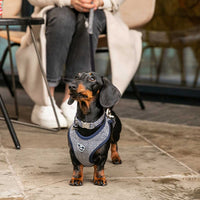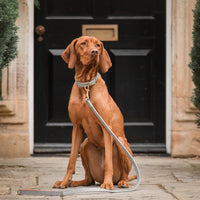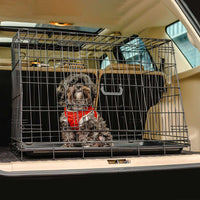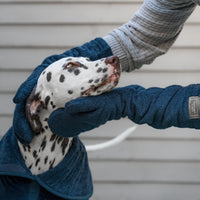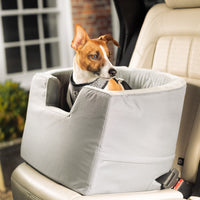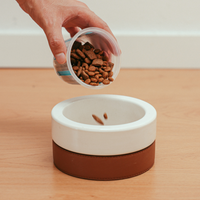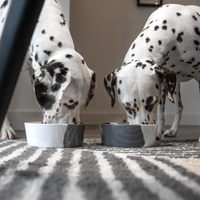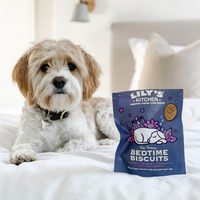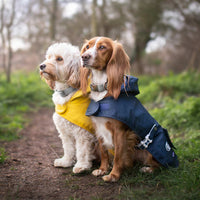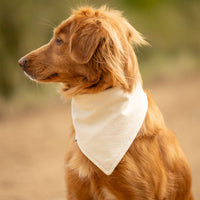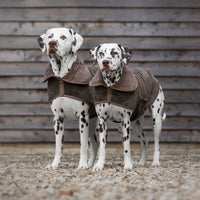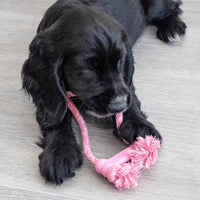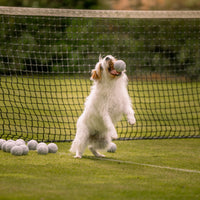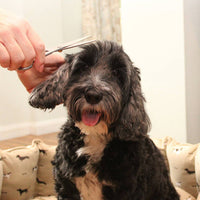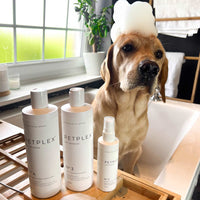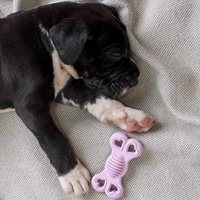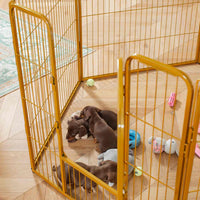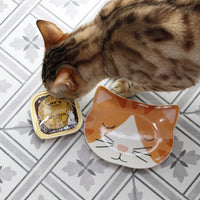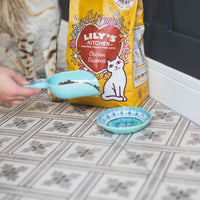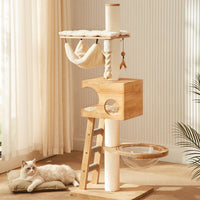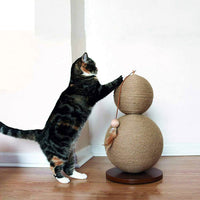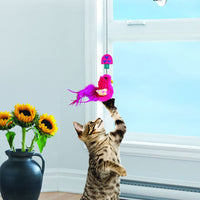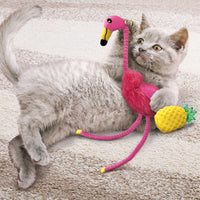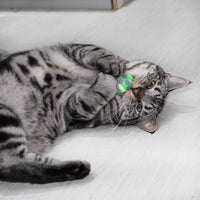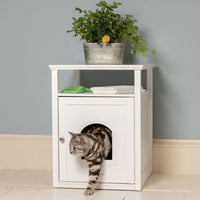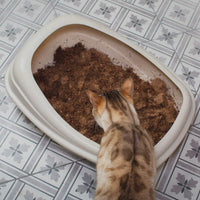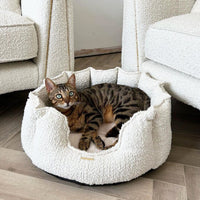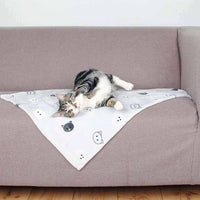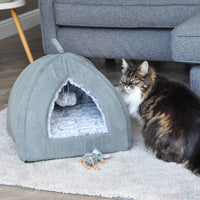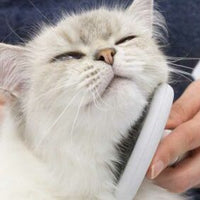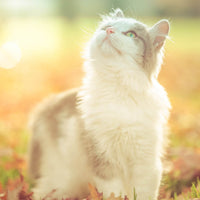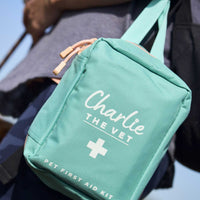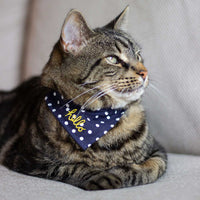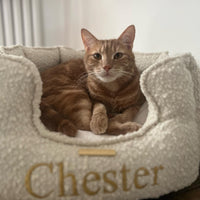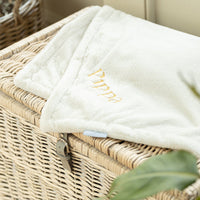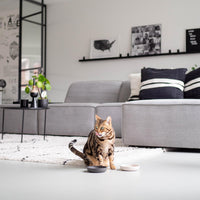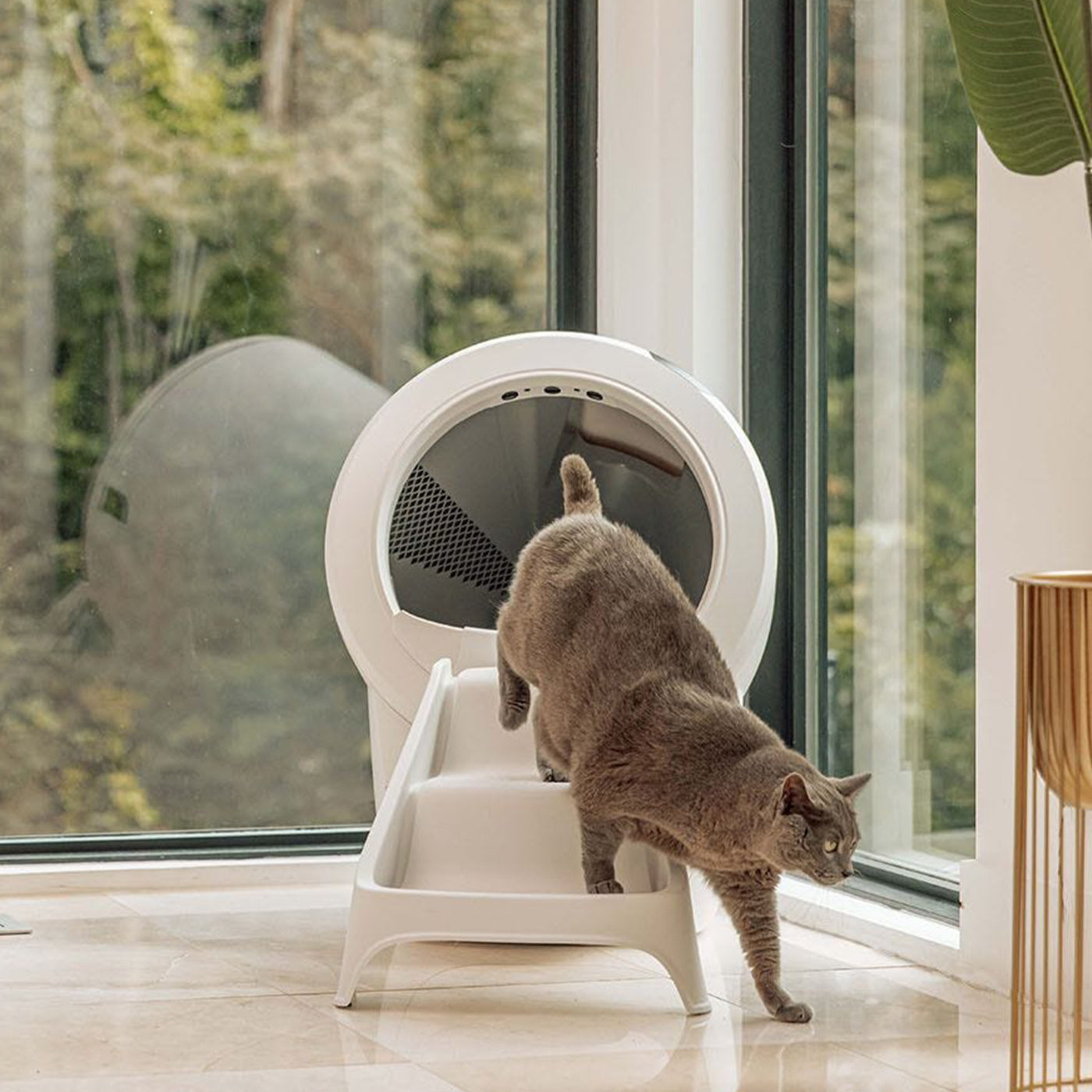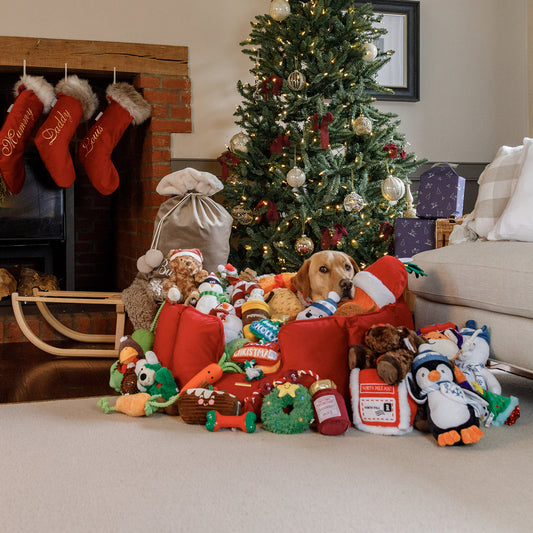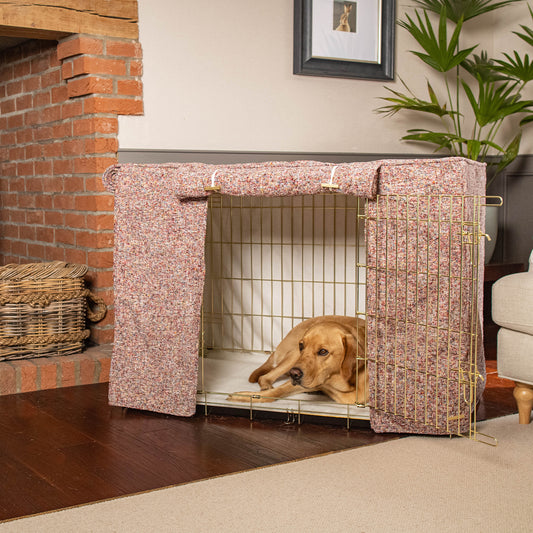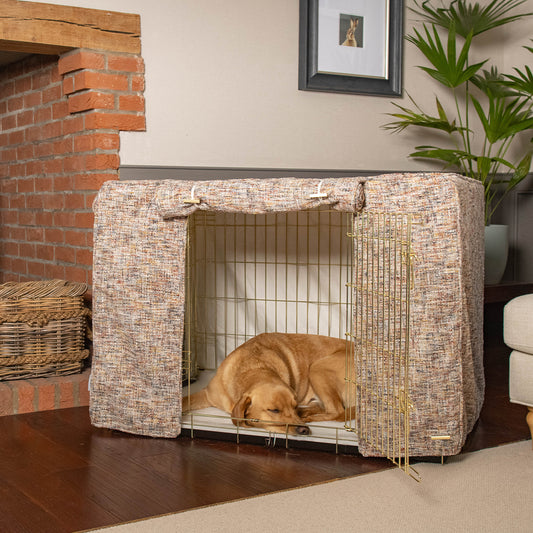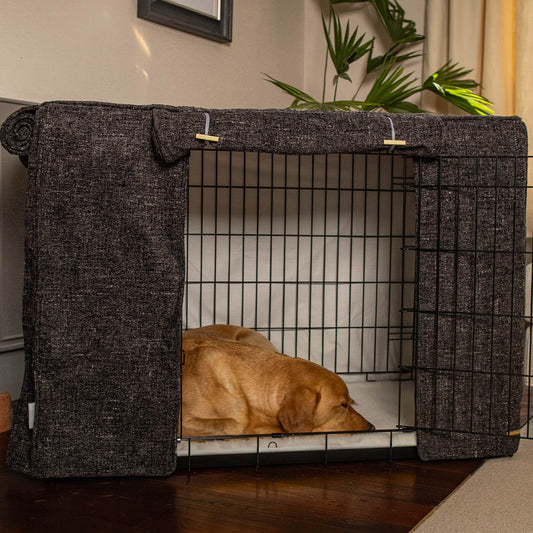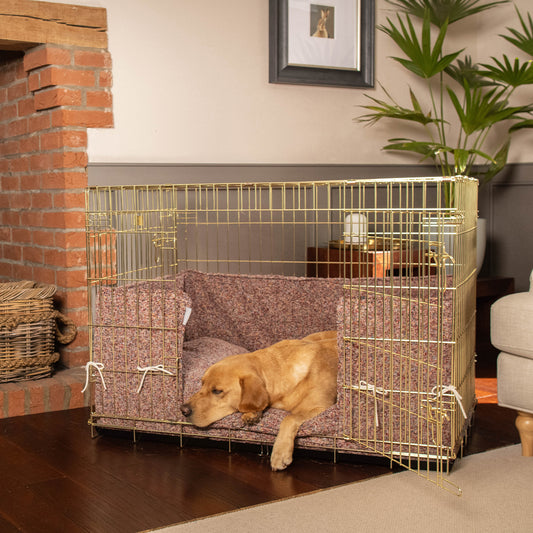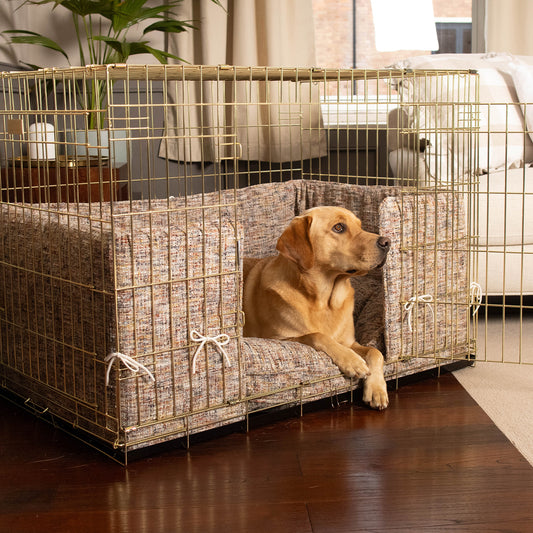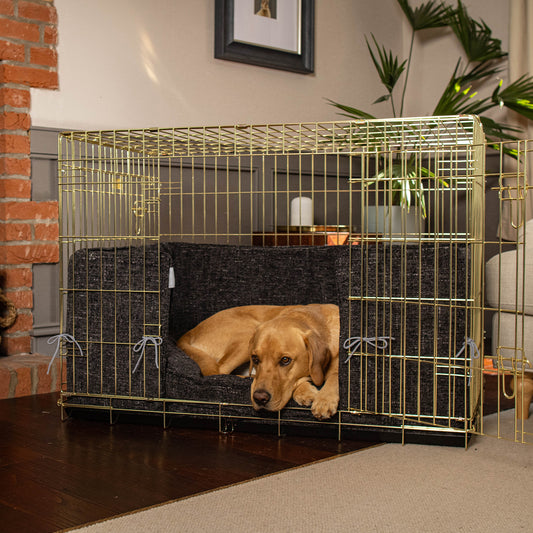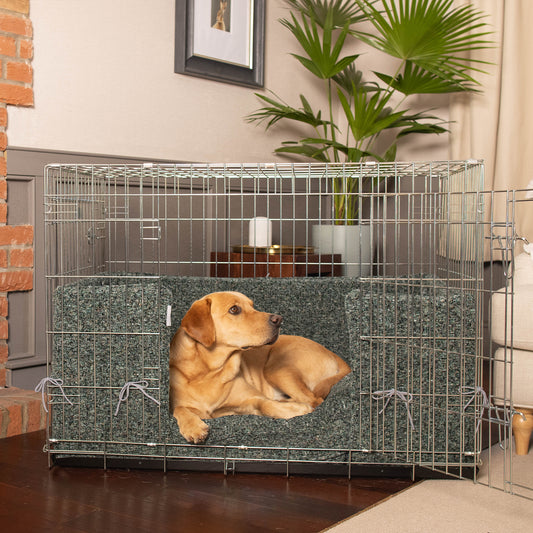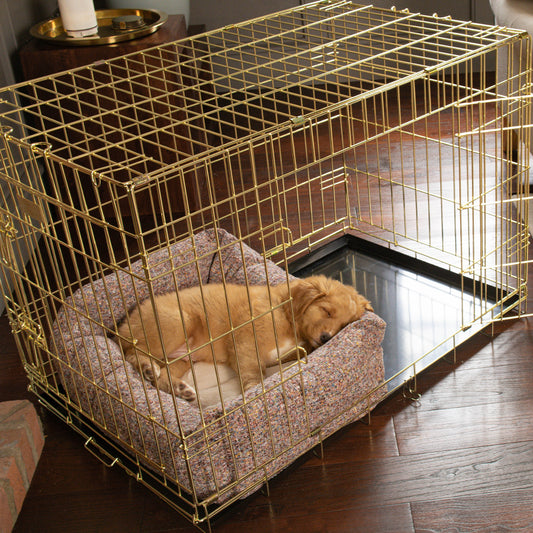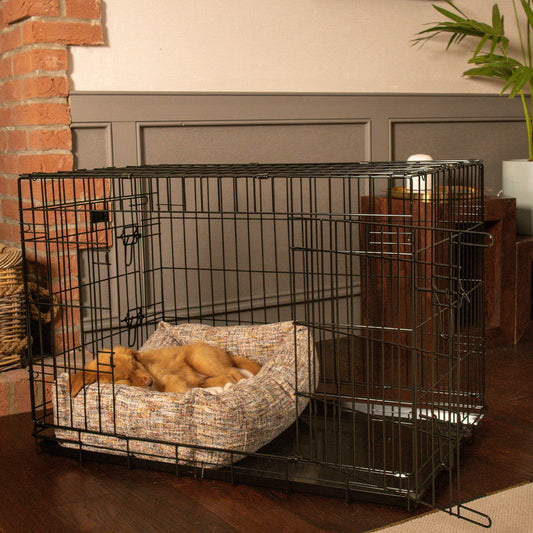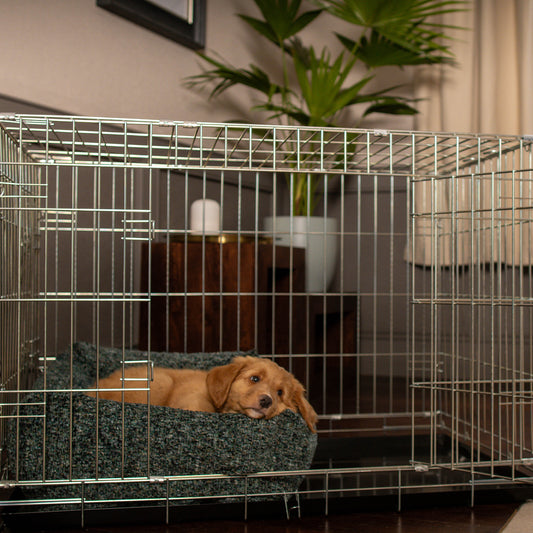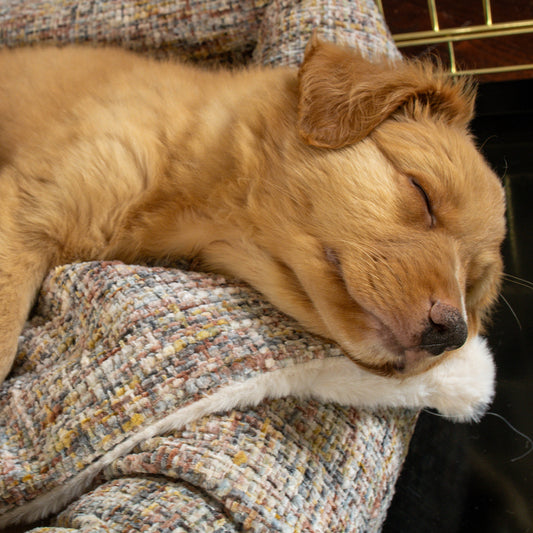Cats have walked alongside humans for thousands of years, evolving from revered deities to beloved household companions. The history of cats is a fascinating journey through time, shaped by culture, mythology, and selective breeding. From the sacred black Egyptian cats of ancient temples to the striking Bengal and majestic Maine Coon, let's explore the evolution of house cats and how feline history has shaped the breeds we know and love today.
The Domestication of Cats: Where It All Began
The history of the domestication of cats dates back to around 9,000 years ago in the Near East. Unlike dogs, which humans actively bred for specific roles, cats likely domesticated themselves. Drawn to early agricultural settlements due to the abundance of rodents, wildcats formed mutually beneficial relationships with humans.
Over time, these felines became more tolerant of human interaction, leading to the evolution of a cat species that was distinct from its wild ancestors. This marked the beginning of the evolution of house cats as we know them today.
Ancient Egypt: The Era of Feline Worship

No discussion of feline history is complete without mentioning ancient Egypt. Egyptian cat worship was deeply ingrained in society, with felines considered sacred animals linked to Bastet, the Egyptian cat god. Bastet was the goddess of home, fertility, and protection, often depicted as a lioness or a black Egyptian cat. Killing a cat, even by accident, was punishable by death. Many households kept cats not just for pest control but as cherished members of the family. They were often adorned with golden jewellery and even mummified alongside their owners to ensure companionship in the afterlife.
The Middle Ages: From Reverence to Superstition

Despite their sacred status in ancient Egypt, cats faced a stark change in reputation during the Middle Ages in Europe. Some cultures still valued them for their hunting skills, but others associated them with witchcraft and bad luck. Black cats, in particular, were seen as omens of misfortune, a belief that persists in some places today. However, cats remained indispensable for controlling rodent populations, ensuring their survival through this turbulent period.
The Origin of Cat Breeds: Selective Breeding and Natural Evolution
While early cats evolved naturally, selective breeding led to the development of distinct breeds. Some, like the Maine Coon and Bengal, have fascinating origin stories.
Maine Coon Origin: The Gentle Giant

One of the oldest natural breeds in North America, the Maine Coon is known for its large size, tufted ears, and thick, water-resistant coat. The origin of the Maine Coon is shrouded in mystery, with theories ranging from Viking seafarers bringing long-haired cats to America to the breed being the result of domestic cats mating with bobcats. Regardless of its origins, the Maine Coon remains one of the most beloved and recognisable breeds today.
Bengal Cat Origin: A Wild Aesthetic in a Domestic Companion

The Bengal cat origin story begins in the 1960s when breeders crossed domestic cats with the Asian leopard cat, resulting in a stunning breed with a wild appearance and affectionate nature. Characterised by their distinctive rosette-patterned coat, Bengals are highly intelligent and energetic, making them a favourite among cat enthusiasts seeking an exotic-looking pet with a friendly disposition.
The Origin of Hairless Cats: The Mysterious Sphynx

The origin of hairless cats, such as the Sphynx, is linked to a natural genetic mutation. The breed first appeared in the 1960s in Canada when a domestic cat gave birth to a hairless kitten. Through careful breeding, this genetic trait was preserved, resulting in the Sphynx breed we recognise today. Despite their lack of fur, these cats are known for their warm, velvety skin and affectionate, playful nature.
Modern Breeds: A Reflection of Human Influence

Today, there are over 70 recognised cat breeds, each with unique characteristics. From the elegant Siamese to the fluffy Persian, selective breeding has shaped the domestic cat in countless ways. As our understanding of feline genetics and behaviour improves, breeders continue to develop new and diverse cat breeds suited to different lifestyles.
Want to know more about the most popular modern cats? Read our blog on the Most Popular Cat Breeds In The UK
Conclusion: The Timeless Bond Between Humans and Cats
From their wild ancestors to the diverse breeds we cherish today, cats have woven their way into human history in extraordinary ways. Whether you admire the sacred black Egyptian cats of ancient times, the evolution of a cat breed like the Maine Coon, or the striking beauty of the Bengal, the love for felines remains universal.
If you're looking to provide your modern-day feline companion with the best care, explore Lords & Labradors' range of luxurious cat essentials. From cosy cat trees to interactive toys, we have everything to keep your cat happy, healthy, and entertained—just as they deserve!


